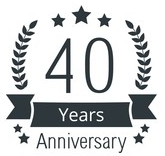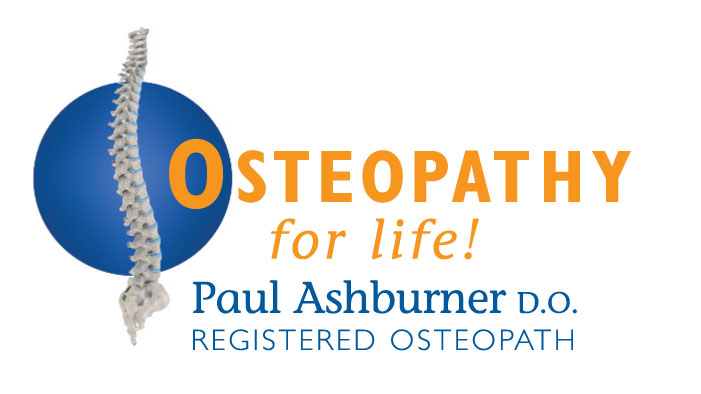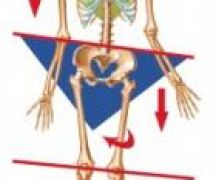
Health Articles
Preparation for the Annual Ski Trip
As I start to get excited about my forthcoming ski trip, I recount the exhilaration of doing nice controlled turns. I’ve got all the gear, and checked my boots and skis but what about me.
I recall from my first school trip to Nederau when I was 15 and for weeks before the trip, we had to attend pre-ski exercise sessions in the gym at lunch times and it makes me wonder how many of us actually prepare for their annual ski trip, which after all, for many, will likely be the most physically active week of their year. Like everyone else, I want to maximise my week’s skiing and so each year I take stock of my own posture in readiness.
When examining patients with back pain, when they visit my practice for the first time, invariably one side of the pelvis appears higher than the other, and this can be for any one of a number of reasons, ranging from postural adaptation from a sprained ankle to having had a broken leg in the past, or indeed a problem with the hips. But my starting point for assessing a leg length difference is at the sacro-illiac joint. Osteopathic understanding shows that if at any time one of the sacro-illiac joints is strained then it will have an effect of causing muscle adaptation with the result in causing a tilting of the pelvis. I see the pelvis as the foundation of the building and if that isn’t level then the rest of the building, or in the case of the human, the spine, cannot be straight, the result of this is that the postural muscles up the spine accommodate and cause sidebending and/or rotation of the spine at various levels.
Usually if one side of the pelvis or illium move posteriorly then this will cause a short leg on that side, conversely, if the illium moves relatively anteriorly, then the effect is to cause lengthening of the leg. Experience suggests that the effect of this is that the external rotators of the short leg come into play to cause the leg to rotate out and to try to compensate for the leg length difference people often stand with the knee bent on the long leg side. Long term postural habits come into play which then causes people habitually to adapt this stance. Long term effect of this can lead to chronic pelvic problems, degeneration at the lumbar spine including disc compression, unilaterally. The difference can be as much as 20 mm. The approach to correct this leg length difference by using heel lifts further complicates the issue. Correcting the pelvis can eliminate this, and should be done before application of any external devices to correct for leg length.
So how does this relate to my ski trip? Over recent years I have been aware that I want to make the most of my weeks skiing and the tolls on my body as an osteopath have meant that I want to go out feeling as free as possible. It came to me that if the pelvis is out of alignment (and one leg is shorter than the other, then it is reasonable to assume that I will be able to traverse the slope in one direction better that the other and following on from that because of my lean into the slope I will be able to make a better turn one way than the other. When talking with other people they have said they experience the same, i.e. that they make a turn one way better than the other. It also occurred to me that a skier who ‘ is out of balance' will be more stable when skiing with one leg upper most on the slope than when they are skiing in the other direction. I began to wonder how many people, when they fall, tend to fall the same way.
This imbalance is not only involves the pelvis. Postural adaptation can occur as a result of problems in the thoracic spine, which may have resulted from trauma and the result of which can be that one shoulder is lower and usually more forward than the other. In turns this is important because with weight forward on the down hill leg then this will cause the ski to turn tighter.
The other important area of consideration is the position of the head on the neck . This can also be a starting point for the development of postural problems as it is the first part of the body that as babies we begin to gain control of. If the head is sitting on the neck in a side-bending position then the neck muscles will tighten on one side causing further postural adaptation from the head down. Basically, if the head isn't on straight then the rest of the body will be out of alignment.
Osteopathically, it is noted that the position of the head on the neck and the involvement of muscles and nerves at this level can be one of the main causes of such things as headaches, migraines, dizziness and light-headedness. All of which respond well to osteopathic treatment.
So in anticipation of my ski trip and my desire to make those graceful sweeping turns as I meander down the piste, I’ve been to see a colleague who has sorted out my pelvic imbalance and I’m doing my stretches and have scheduled a couple of massage sessions to loosen my leg muscles.
Enjoy your skiing!
If you are concerned about a back problem, or what to have a pre-trip postural evaluation, then give me a call.
Also, if you take a fall while on the slopes, then it makes sense to get it checked out once you are back from your holiday, to eliminate the effects of long-term postural imbalance and unnecessary suffering.
New to the Practice?
To book an Initial Consultation you should call on 01773 843 033 during office hours. Our friendly reception staff will be pleased to find a convenient appointment for you.
Existing Patients:
Book your next appointment online by clicking the button below:
Book your Appointment
Conditions patients often seek our help for:
Latest News
Latest Articles
Payment Methods
We accept payments by cash, bank transfer and credit/debit cards.



